
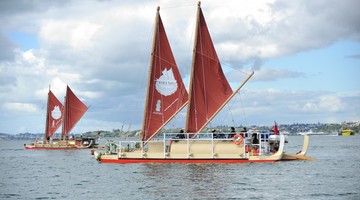
Navigator Jack Thatcher commanded the two waka hourua that sailed from Aotearoa (New Zealand) to Rapanui (Easter Island) and back. Te Aurere and its supporting vessel Ngahiraka Mai Tawhiti, known ...
READ MORE

The Waka Tapu journey from Aotearoa to Rapanui (Easter Island) and back, which closed the Polynesian triangle, was navigated without instruments. Rights: The New Zealand Maori Arts and Crafts ...
READ MORE

Like the Sun, stars rise in the eastern horizon and set in the western horizon. Navigators who know the direction and position in which the stars rise and set can use the horizon as a compass ...
READ MORE
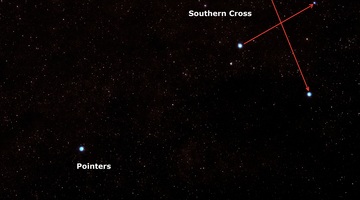
In this activity, students learn the cardinal points of the compass. They also learn how to use the Sun and star constellations – the Southern Cross and the Pointers – to identify the cardinal ...
READ MORE

In this activity, students memorise a number of items from the star compass as wayfinding navigators would have to do. This experience may help students understand how and why wayfinders use the ...
READ MORE

In this activity, students use their knowledge of the Sun and Moon to make compass directions and then use these directions to participate in a treasure hunt. By the end of this activity ...
READ MORE
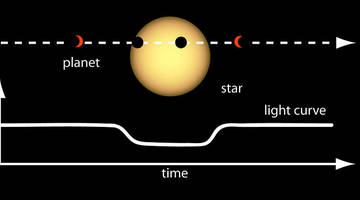
Search data from NASA’s Kepler spacecraft for the dips in star light intensity caused by exoplanets – planets that orbit stars other than the Sun. As these exoplanets pass between the star and ...
READ MORE

Help astronomers at Las Cumbres Observatory, California, study exoplanets – planets that orbit stars other than our Sun. Do this by interpreting images taken by their telescopes in Hawaii ...
READ MORE
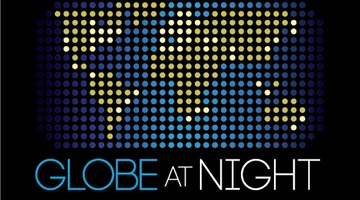
Globe at Night is an international citizen science campaign to raise public awareness of the impact of light pollution by inviting citizen scientists to measure and submit their night sky ...
READ MORE

The Science Learning Hub has lots of resources for primary teachers related to the night sky in the Planet Earth and Beyond strand of the New Zealand Curriculum. The night sky is fascinating to ...
READ MORE

The Science Learning Hub has a selection of resources that have been translated into te reo Māori and a number of resources that feature both te reo Māori and English. Our webinar Opportunities ...
READ MORE
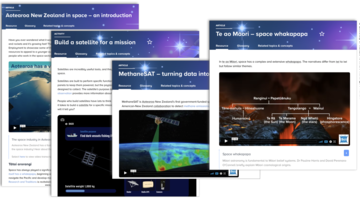
Bring some awe into your classroom. The Science Learning Hub has developed a suite of resources designed to grow Aotearoa New Zealand students' interest in space. Join us to discover ways to ...
READ MORE
Early Polynesian explorers used their astronomical and celestial knowledge to navigate the South Pacific. Once settled in Aotearoa, they adapted their knowledge to the new environment. Dr Pauline ...
READ MORE
Dr Pauline Harris discusses ways in which the Society of Māori Astronomy Research and Traditions (SMART) is regaining and sharing Māori astronomical knowledge. SMART’s vision is to empower young ...
READ MORE
Dr Pauline Harris provides insight on aspects of Māori knowledge. Matariki celebrations provide excellent opportunities to share mātauranga with the wider community. Statements for discussion ...
READ MORE

Elements are formed deep within the cores of certain types of star. Find out more in this interactive.
READ MORE
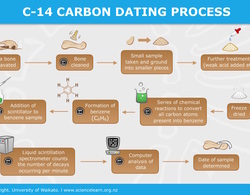
Historical artefacts like moa bones can be dated using a technique that measures the activity of the radioisotope carbon-14 still present in the sample. By comparing this with a modern standard ...
READ MORE

This interactive timeline highlights how students investigating the Oruarangi Stream engaged with the nature of science.
READ MORE